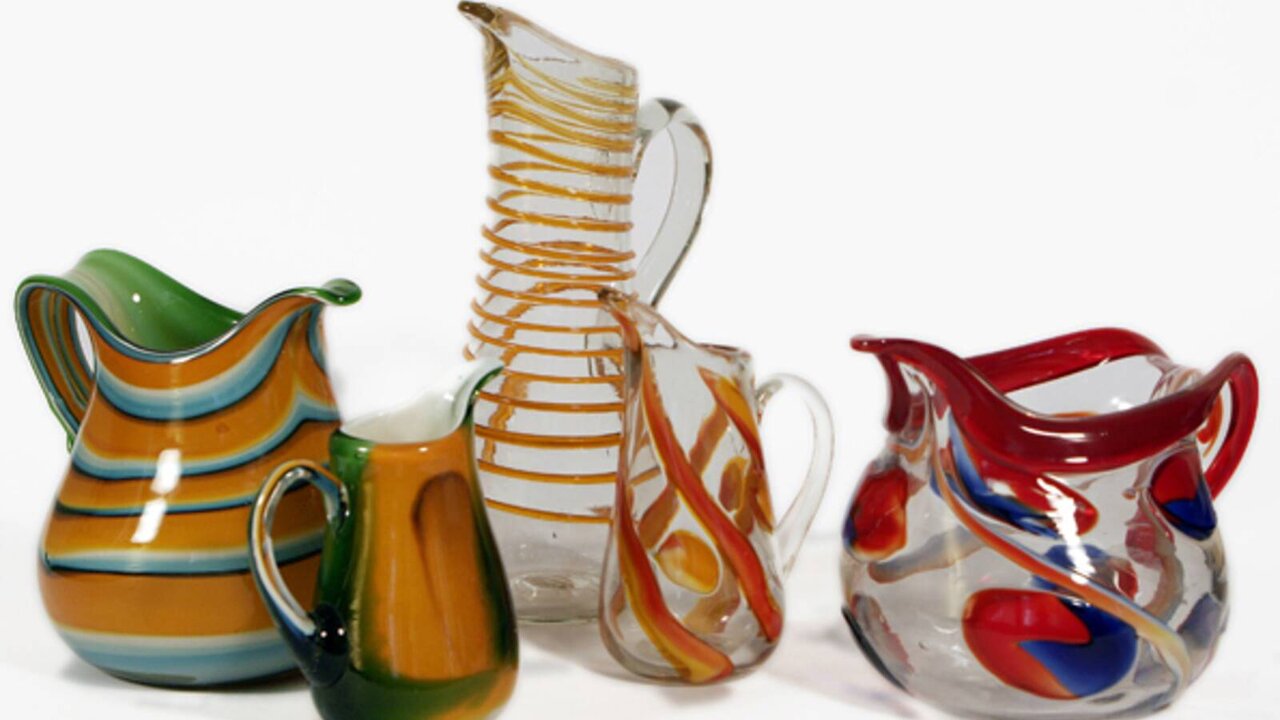Glimpses of traditional glasswork in Iran

TEHRAN - Making handmade glasswork has a long history in Iran as archaeological evidence suggests its antiquity dates back to 2000 years BC.
As mentioned by Visit Iran, materials discovered from various sites such as the UNESCO-listed sites of Tchogha Zanbil, Susa, Persepolis, and the regions of Lorestan evidenced this claim.
Currently, the most important province of Iran where the active workshops for making and producing glass products still exist is Tehran.
Different methods of making traditional glass are three ways: blowing, mold-bowling, and pressing. To produce glass with the blowing technique (free-blowing) at first, the raw materials of glass, which are mostly glass particles, are poured into the furnace to be melted.
After being completely melted, the workman soaks a blowpipe named Dam in the molten glass while rotating it. The workman bowls into the Dam after taking a small portion of molten glass, which is now called Baar, and spooling it at one end of the blowpipe, resulting in a small bubble then named “the first ball”.
During the next phase, another portion of Baar is taken from the furnace spooling around the first ball and the workman creates the desired shape by forming the ball using a tool named “wooden spoon”. If the produced objects are exposed to normal air, they will break immediately after cooling.
Therefore, there exists a hothouse inside the glass workshops with 45-55° C temperatures where the objects are gradually cooling with temperature change in the atmosphere of the room. In the mold-blowing method, a portion of molten glass is taken from the furnace using a Dam and after preparing and blowing, another portion is added to the first ball, heated, and finally inflated into a mold to get the shape of the mold.
Usually, the objects produced using this method are applicable, and they are produced with high quality and not expensive, such as lemon, rose water, vinegar, jam bottles, and glasses of as well as light bubbles.
The pressing method is also used for making different kinds of bottles in such a way that the worker takes a desired portion of the molten glass with the aid of a Dam and detaches it immediately to place it into the pressing mold.
Closing the mold leads the paste to get the shape of the mold because of the effect of the air pressure. Various methods have been used for decorating traditional glass in the past. Interesting among them are colorizing glass, opacifying, carving, and painting on glass.
AFM
